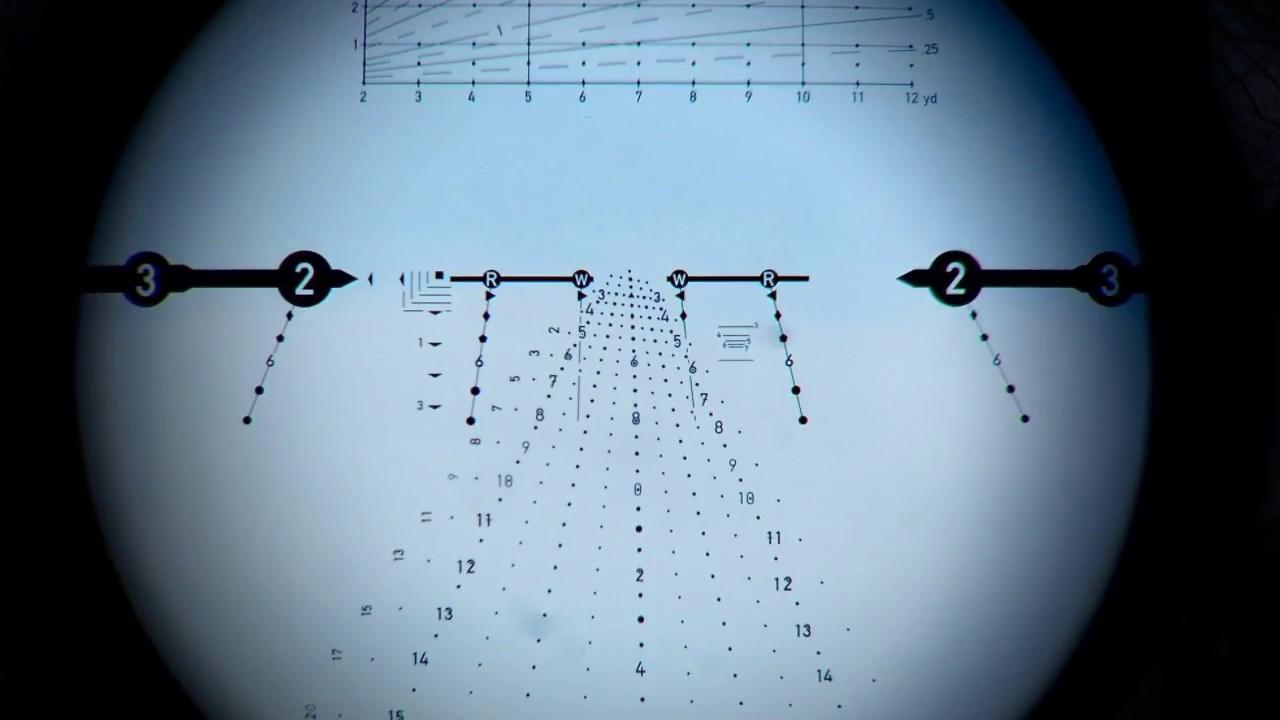jdmecomber
Official LRH Sponsor
- Joined
- Jan 23, 2016
- Messages
- 597
Sorry to disagree, but here is the guy who does it:
http://bulletin.accurateshooter.com/2010/08/californias-bob-gustin-sets-palma-records-at-camp-perry/
I know, because I used to run the gun club on Camp Pendleton, and Bob tried to teach me to shoot. He would always start his session by saying DON'T DO WHAT I
Sorry to disagree, but here is the guy who does it:
http://bulletin.accurateshooter.com/2010/08/californias-bob-gustin-sets-palma-records-at-camp-perry/
I know, because I used to run the gun club on Camp Pendleton, and Bob tried to teach me to shoot. He would always start his session by saying DON'T DO WHAT I DO.
You need everything as
Your impact is growing in this picture. Did you correct your solver to coincide with what your scope actually corrects to?
I don't remember exact numbers but my zero was off .4 ish also

